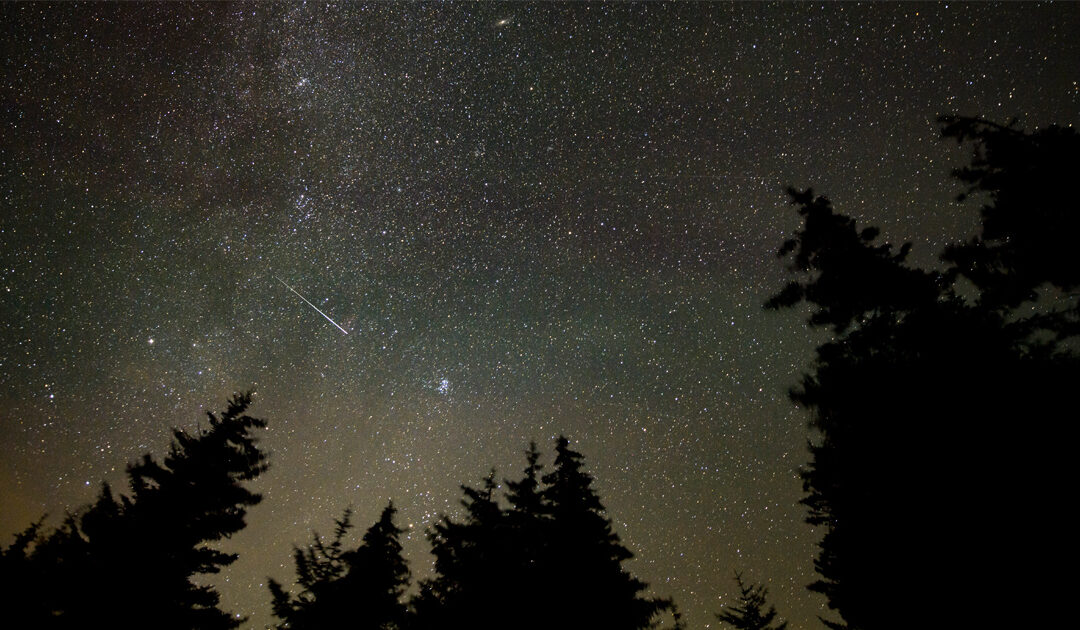First recorded sightings of the Lyrids meteor shower date back to 687 BCE, noted by astronomers in China, although the comet that is the source of the meteors wasn’t discovered until 1861.
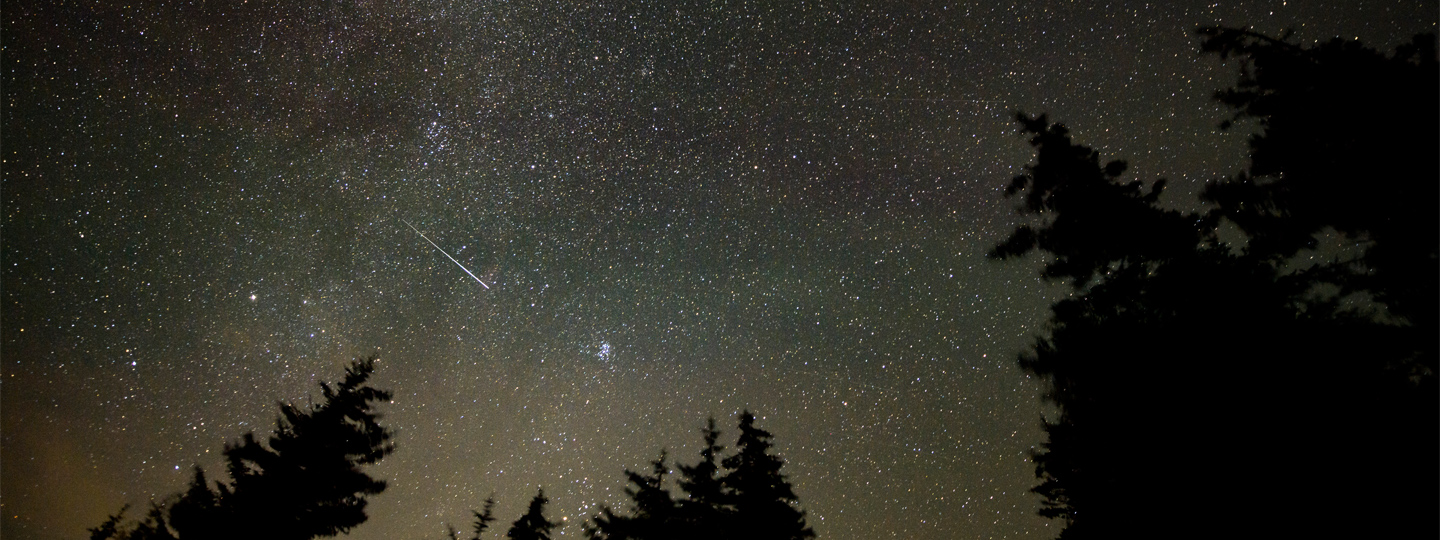
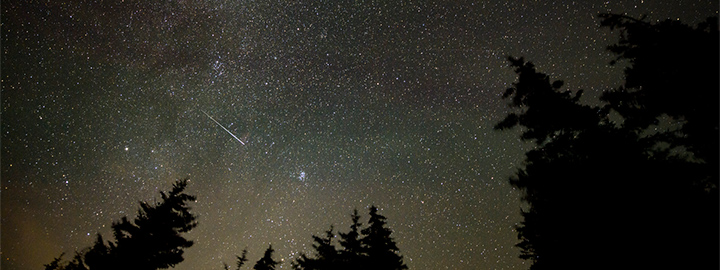
Stargazing: Lyrids Meteor Shower and the Crab Nebula
April 25, 2025
Julie Silverman, Carnegie Science Center“The quality of mercy is not strained; it droppeth as the gentle rain from heaven,” wrote William Shakespeare. With the peak of April’s famous meteor shower on April 22, the day before Shakespeare’s birthday, “dropping from the heaven’s” will be the annual streaks of Lyrid meteors. Most of the activity will be in the early morning hours, radiating from an area near the bright star, Vega and best seen in dark skies.
First recorded sightings of the Lyrids meteor shower date back to 687 BCE, noted by astronomers in China, although the comet that is the source of the meteors wasn’t discovered until 1861. Early methods of sky observation, developed by Chinese astronomers, lead to astonishing findings. Some of the biggest astronomical discoveries include the first recorded siting of Halley’s Comet, the earliest known observations of sunspots, and a first known record of a supernova.
On July 5, 1054, Chinese astronomers noted the sudden brilliant appearance of an object four times brighter than Venus. They called it a “guest star,” and saw it in daylight for 23 days.
Known for meticulous records, the astronomers also chronicled the date the supernova faded from view. April 22, 1056, marked the last observation of the surprise object located between the horns of the constellation, Taurus the Bull. The ancient massive stellar explosion is now known as, “The Crab Nebula.”
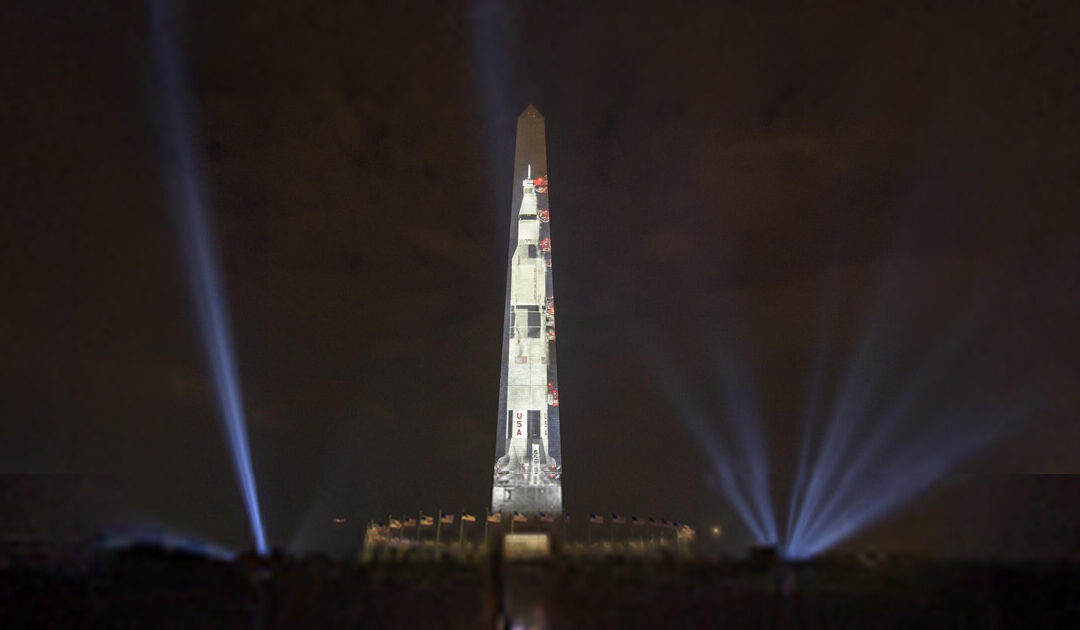
Stargazing: Pittsburgh Goes to the Moon
This year celebrates the 56th anniversary of the first moon landing. On July 20, the world watched as Neil Armstrong and Buzz Aldrin stepped onto the surface of the moon. Home > Blog [sv...
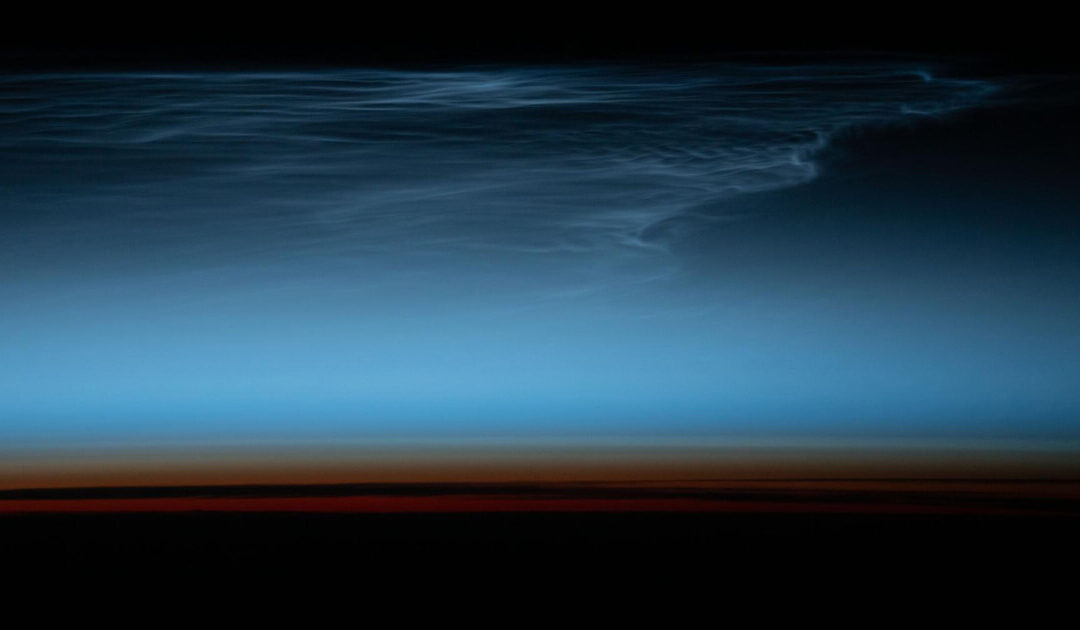
Stargazing: Noctilucent Clouds
Summer is the season to spot rare and luminescent Noctilucent Clouds. From May to early August, these ethereal clouds show their best displays thirty minutes after sunset or before sunrise. Home > Blog [acf...
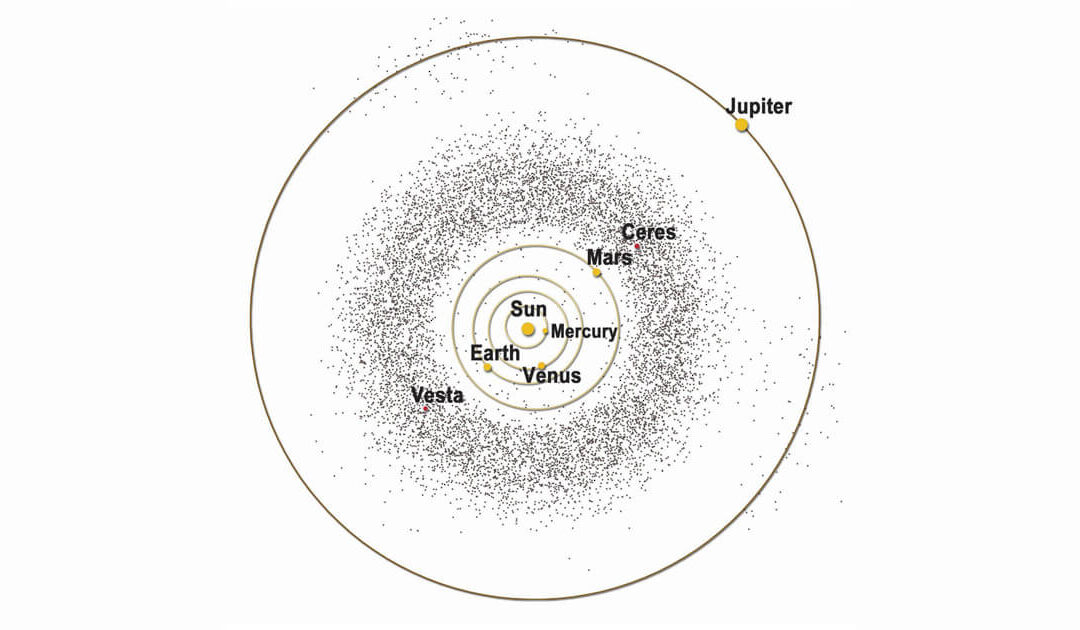
Stargazing: June 30 Asteroid Day – date of Siberian Tunguska Event; largest asteroid impact in recorded history
Pre-dawn hours of June 27 will bring peak opportunities to view June’s Bootid meteor shower. A thin crescent moon will enhance the chances of seeing meteors flash across the sky. Home > Blog ...

Stargazing: Solstice June 20– also, Moon-Saturn-Neptune close approach 5:45 a.m. June 18
Welcome summer! On Friday June 20 at 10:42 p.m. EDT, the sun will reach its northern-most point in the sky. Home > Blog Welcome...
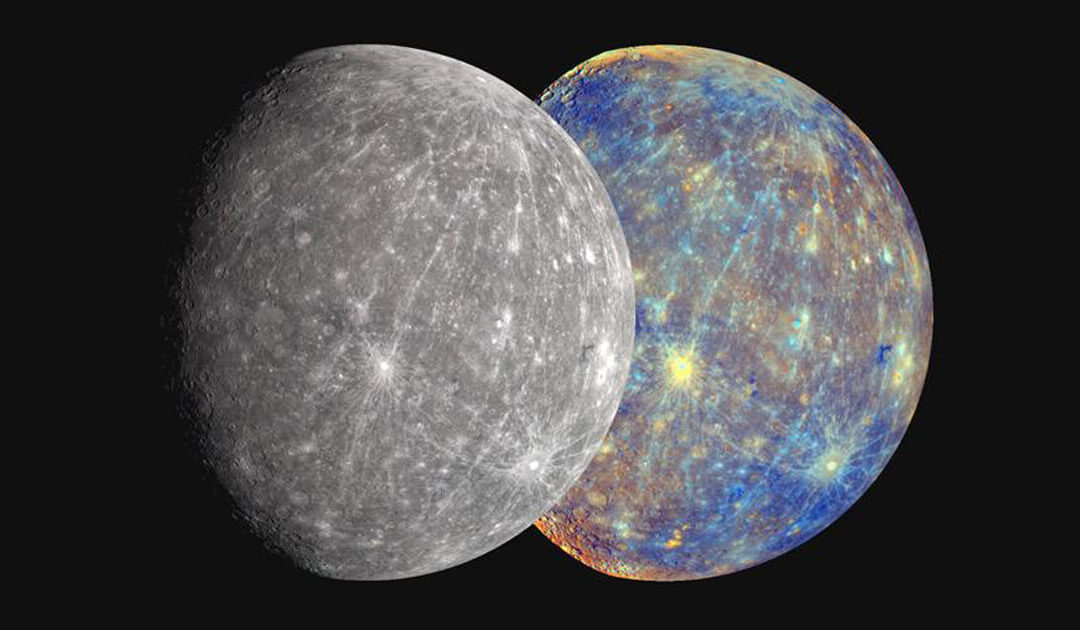
Stargazing: Mercury spotting from June 12-29
Mercury watchers will have several chances to view this elusive planet over the next two weeks. Since Mercury is the closest planet to the Sun, there is a small window in which it is visible. Home > Blog [acf...
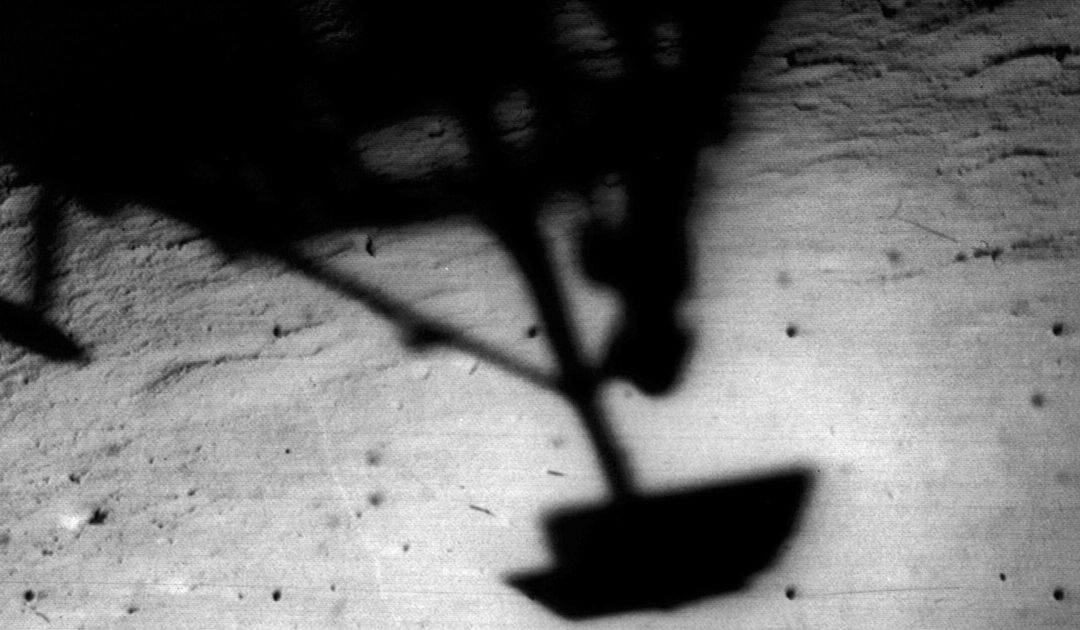
Stargazing: Surveyor 1 June 2 Moon landing 1966
On June 2, 1966, Surveyor 1 softly landed on the lunar surface, and NASA celebrated a significant success in the Space Race. Home > Blog ...
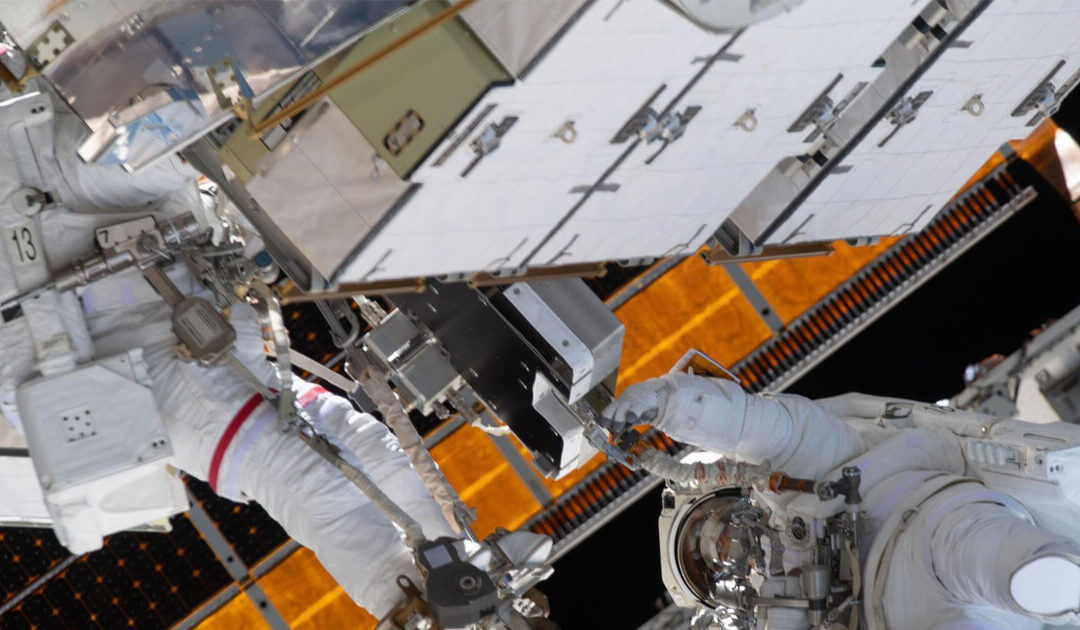
Stargazing: Ed White 1st American to walk in space/ISS’s first all-woman spacewalk
Sixty years ago, an American astronaut walked in space for the first time. At 3:45 pm on June 3, 1965, Ed White opened the hatch of the Gemini 4 mission and propelled himself into space. Home > Blog [acf...
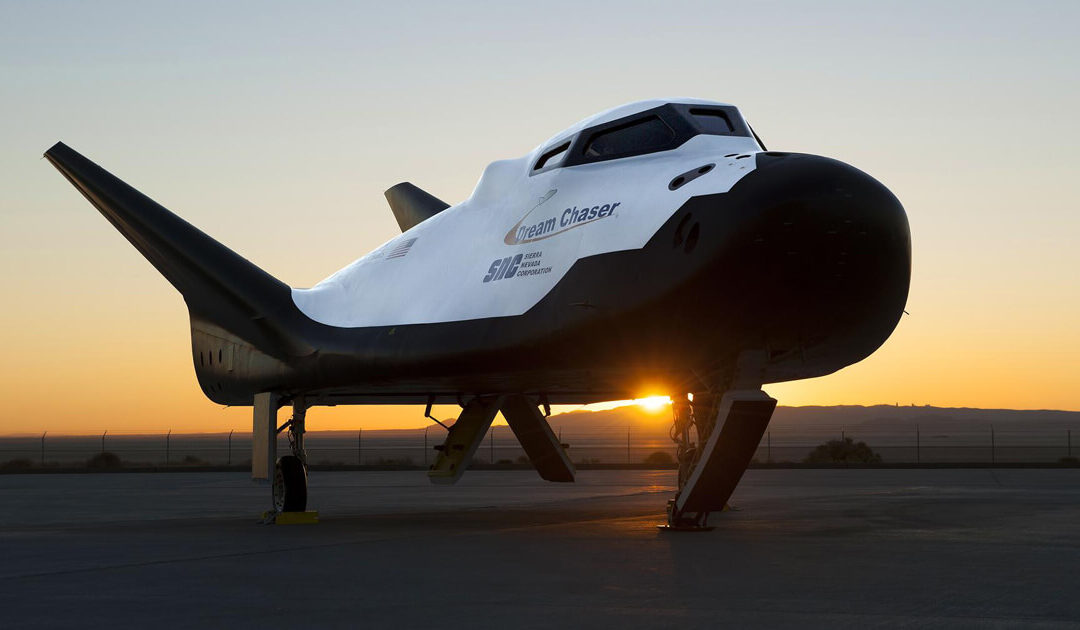
Stargazing: ULA Vulcan Centaur: Sierra Space Dream Chaser
A spaceflight first is poised to take place in May. Sierra Space Corporation, the private Colorado-based company, has been developing a reusable “spaceplane.” Home > Blog [sv...
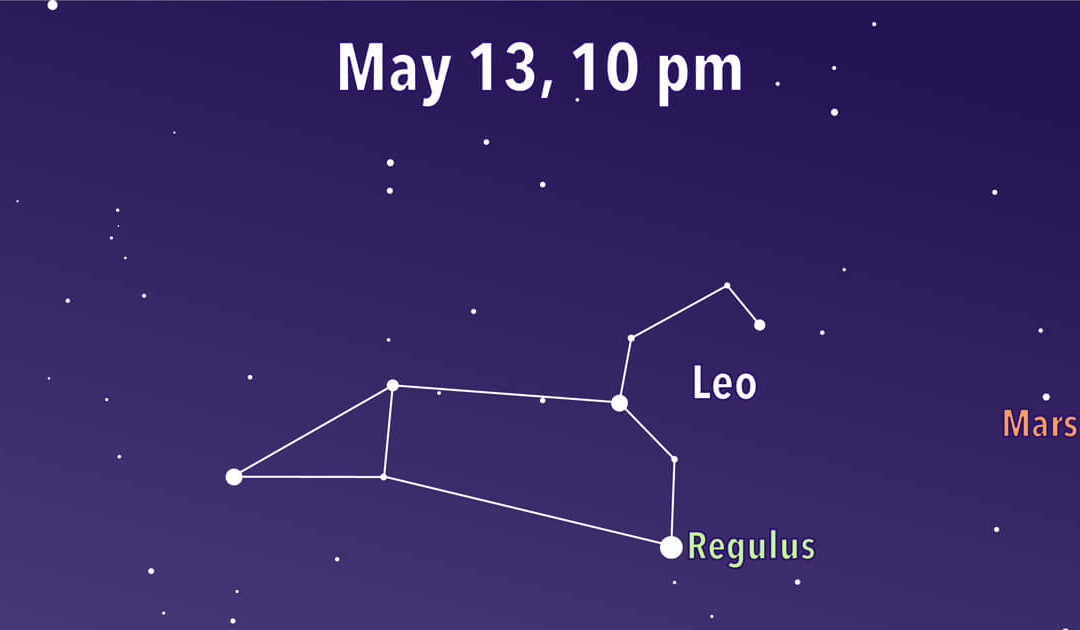
Stargazing: Leo the Lion still regal in the sky
Leo the Lion, the twelfth largest constellation, still regally rules the springtime heavens. It is easy to spot the distinctive backward question mark shape that creates the mane of Leo. A triangle of stars forms the hindquarters. Home > Blog [acf...
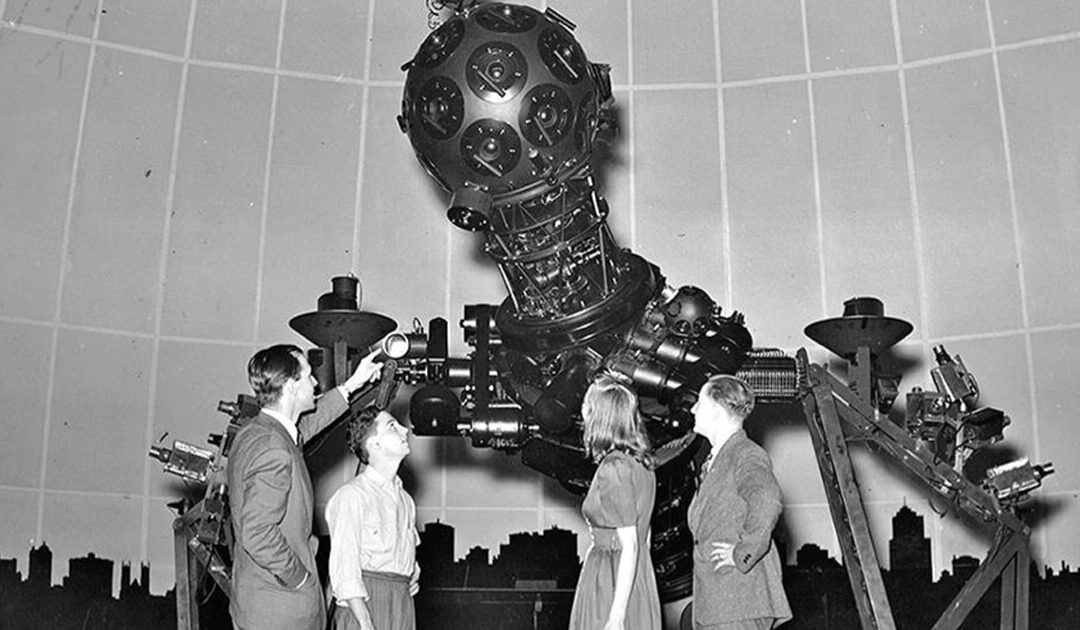
Stargazing: 100 years Planetariums/The beginning of Buhl to today
Pittsburgh's Carnegie Science Center holds the honor of hosting the fifth major Planetarium built in the United States. Home > Blog ...


